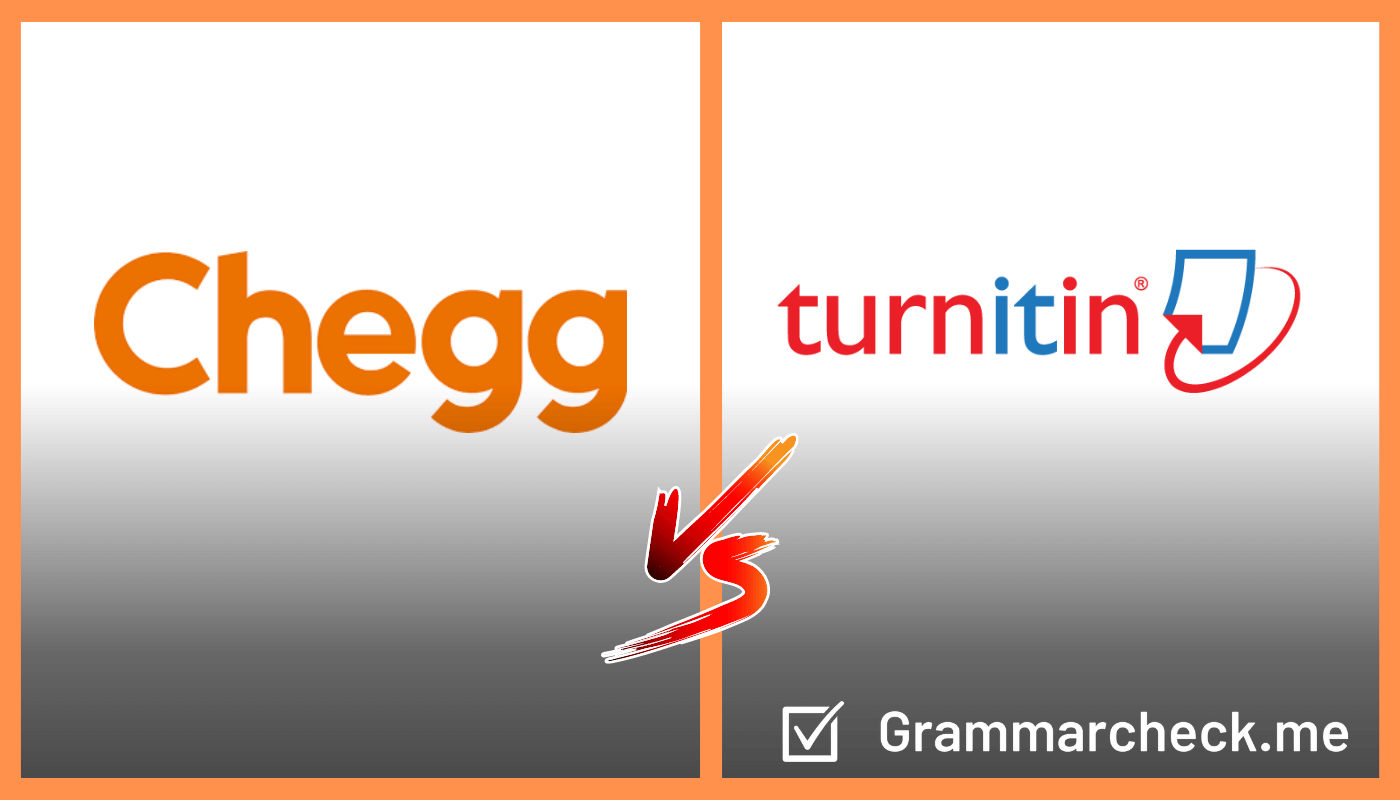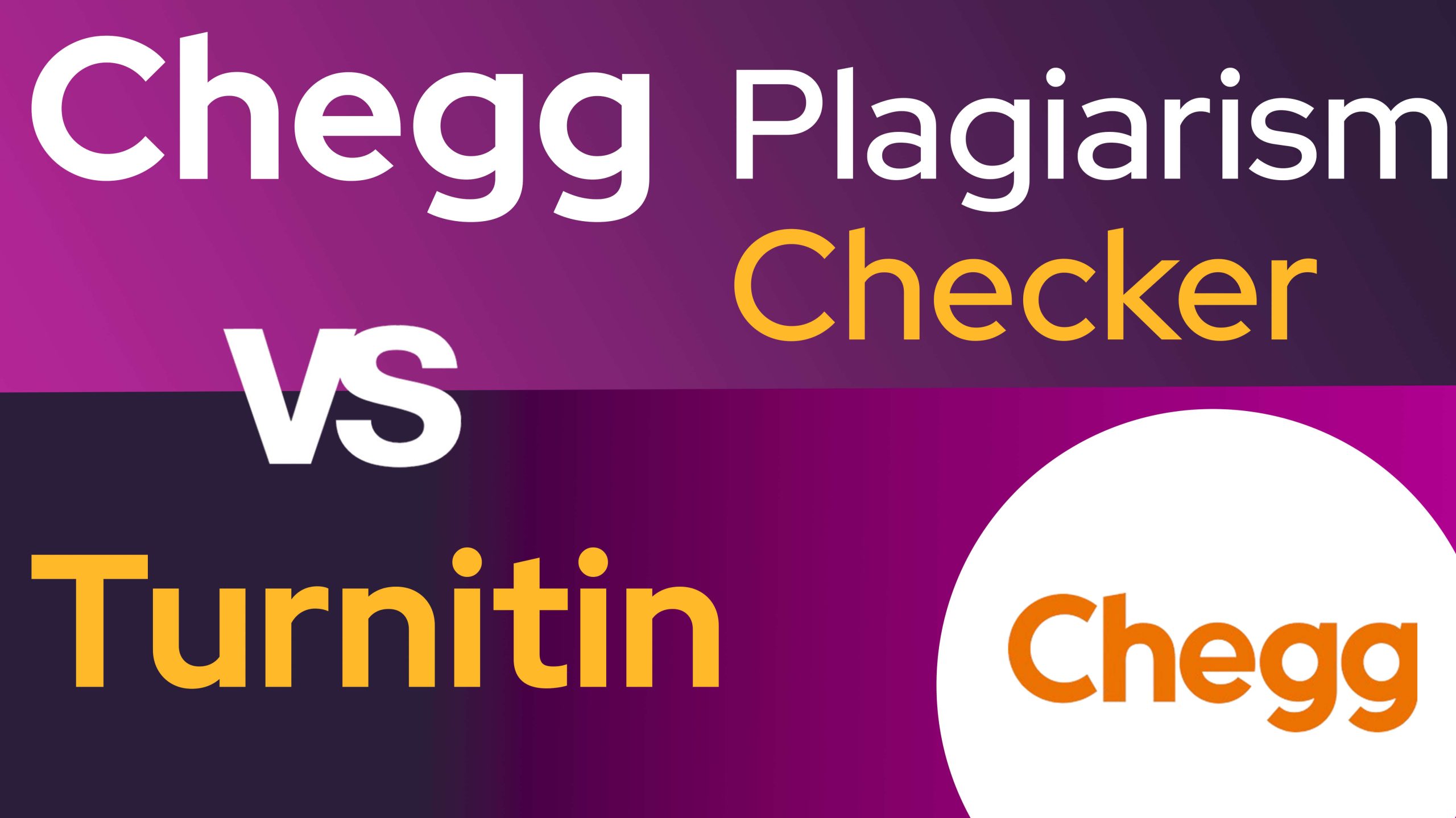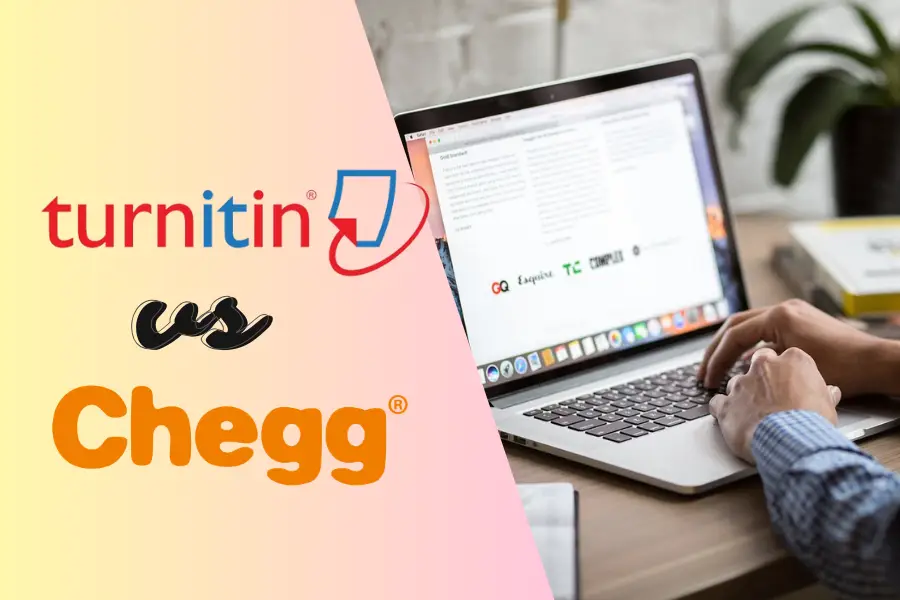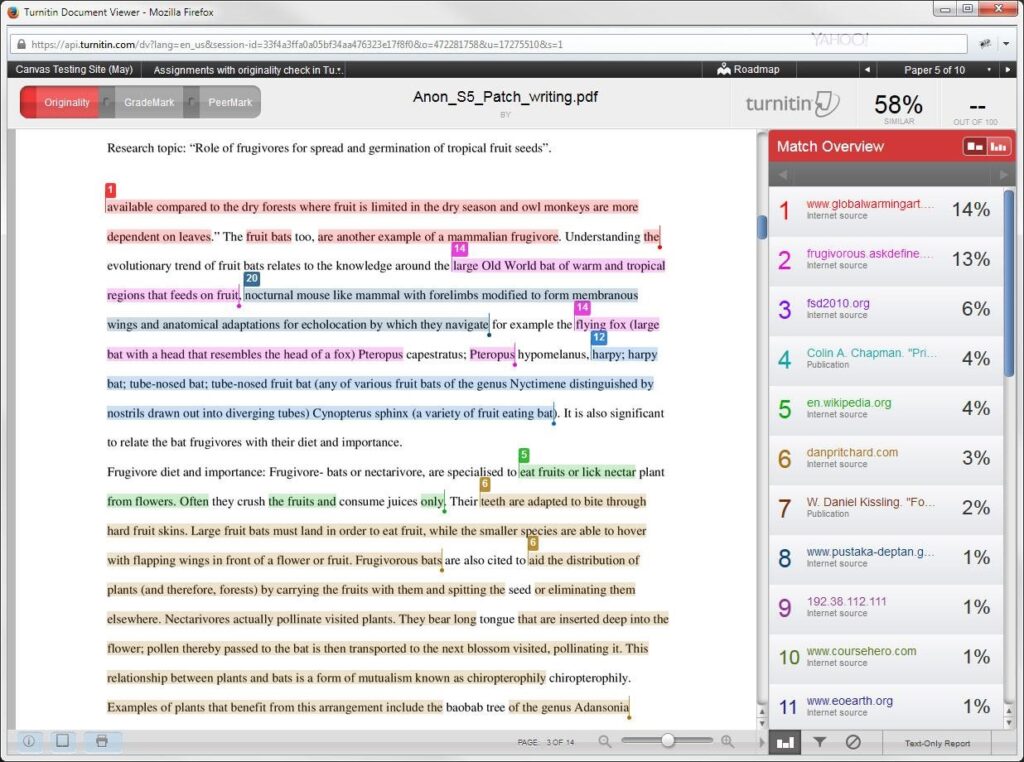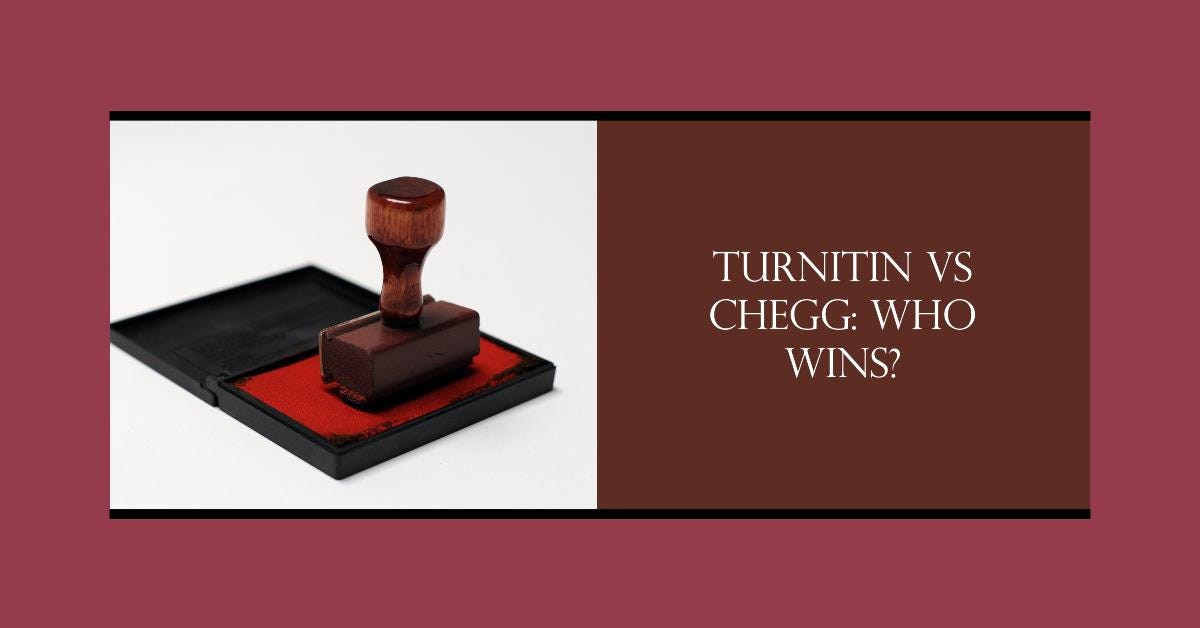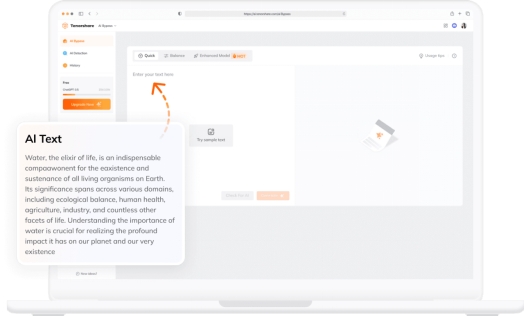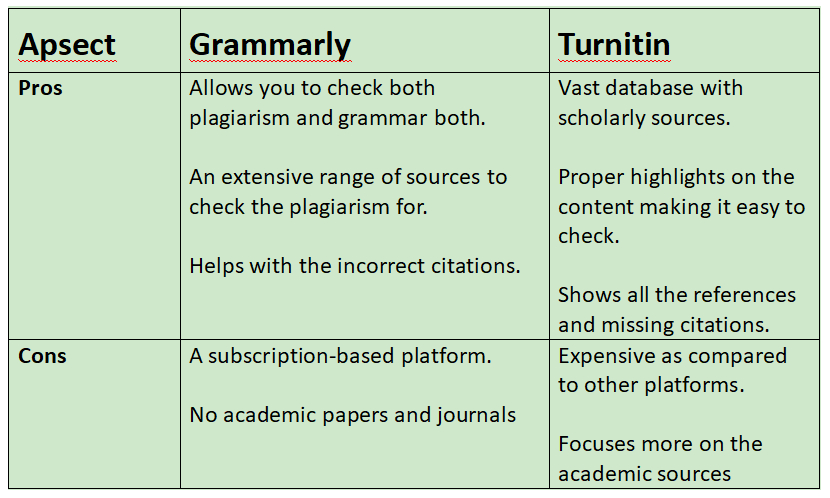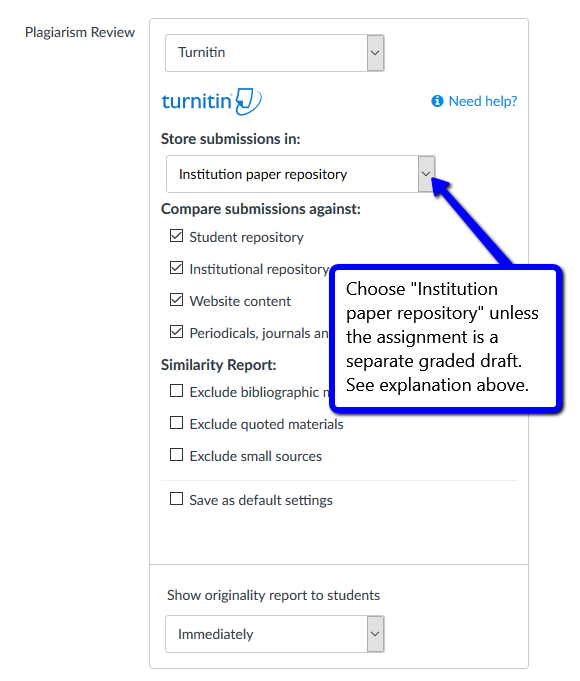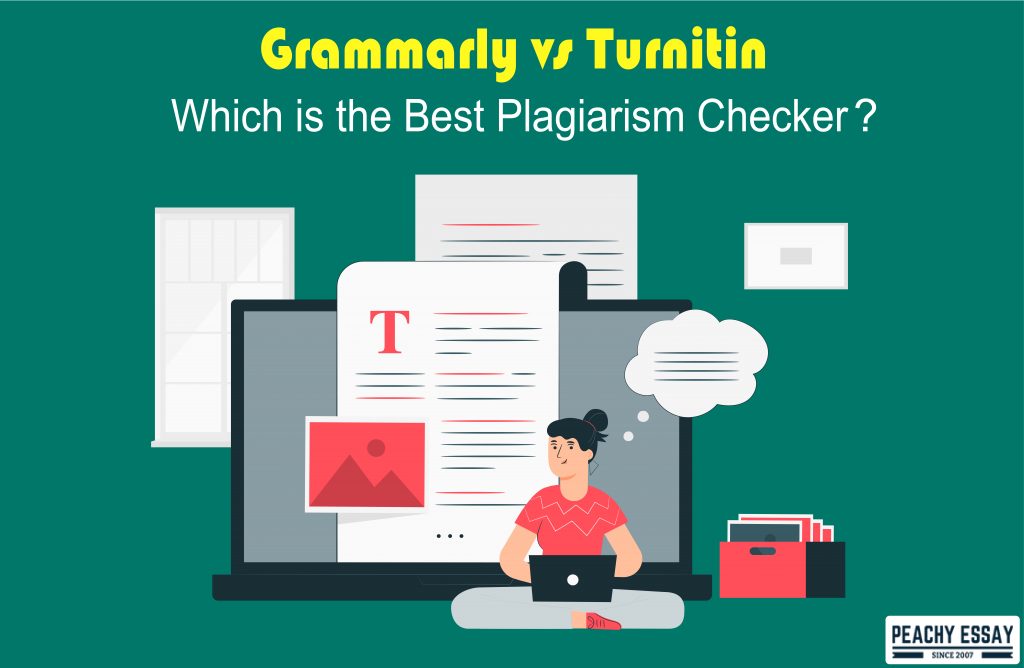Chegg Plagiarism Checker Vs Turnitin

The academic integrity landscape is constantly evolving, with educational institutions and students alike relying on increasingly sophisticated tools to navigate the complexities of original work. Two platforms, Chegg and Turnitin, stand out as prominent players in this space, offering plagiarism detection services that have sparked both praise and debate within the academic community.
This article examines the functionalities of Chegg's plagiarism checker compared to those of Turnitin, exploring their features, limitations, and impact on student learning and academic integrity. Understanding the nuances of these tools is crucial for educators, students, and institutions striving to uphold ethical standards in education.
Understanding the Tools
Turnitin, widely adopted by universities and colleges, is primarily designed for institutional use. Its core function is to compare student submissions against a vast database of academic papers, websites, and publications to identify potential instances of plagiarism.
Key features of Turnitin include its originality reports, feedback tools, and integration with learning management systems (LMS). These reports highlight sections of a student's work that match other sources, allowing instructors to assess the extent and nature of any similarities.
Chegg, initially known for providing textbook rentals and online tutoring, also offers a plagiarism checker aimed directly at students. This tool allows students to scan their work for potential plagiarism before submitting it to their instructors.
Chegg's plagiarism checker is promoted as a means for students to proactively identify and address unintentional plagiarism. It can compare the submitted text against billions of web pages.
Key Differences and Similarities
While both tools aim to detect plagiarism, significant differences exist in their databases and intended use. Turnitin's extensive database, encompassing scholarly articles and student submissions from participating institutions, gives it a broad reach in identifying academic misconduct.
Chegg's plagiarism checker relies more heavily on publicly available web content. This makes it suitable for identifying matches from online sources but potentially less effective at detecting similarities with academic publications not indexed by search engines.
Another key difference lies in access: Turnitin is generally accessed through institutional subscriptions, while Chegg's plagiarism checker is typically available through individual student subscriptions. This difference in access models influences who uses each tool and for what purposes.
Impact on Academic Integrity
The introduction of plagiarism detection tools has undoubtedly impacted academic integrity. Turnitin, in particular, is credited with deterring intentional plagiarism by creating a culture of accountability.
However, some argue that these tools can also lead to over-reliance on automated checks, potentially hindering students' critical thinking and writing skills. The focus may shift from genuine understanding and original thought to simply avoiding matches with existing sources.
Chegg's tool raises separate concerns, as it is intended for self-checking, which can be interpreted as a way to game the system. Students could potentially use the tool to revise their work until it bypasses Turnitin’s detection, while still relying on non-original content.
Ethical Considerations and Future Trends
The debate surrounding plagiarism detection tools extends to ethical considerations. Questions arise about the ownership of student work stored in these databases, the accuracy of similarity scores, and the potential for bias in algorithms.
Looking ahead, the integration of artificial intelligence (AI) into plagiarism detection is poised to reshape the landscape. AI-powered tools can analyze writing styles and identify potential instances of contract cheating, where students outsource their assignments to third parties.
The ongoing development of these tools necessitates a thoughtful approach that balances technological advancements with educational values. It requires fostering a culture of academic integrity that emphasizes understanding, original thought, and ethical scholarship.
Ultimately, the effectiveness of any plagiarism detection tool depends on its responsible use and integration into a broader framework of academic integrity. This framework should prioritize education, prevention, and a commitment to fostering a culture of honesty and intellectual curiosity.

